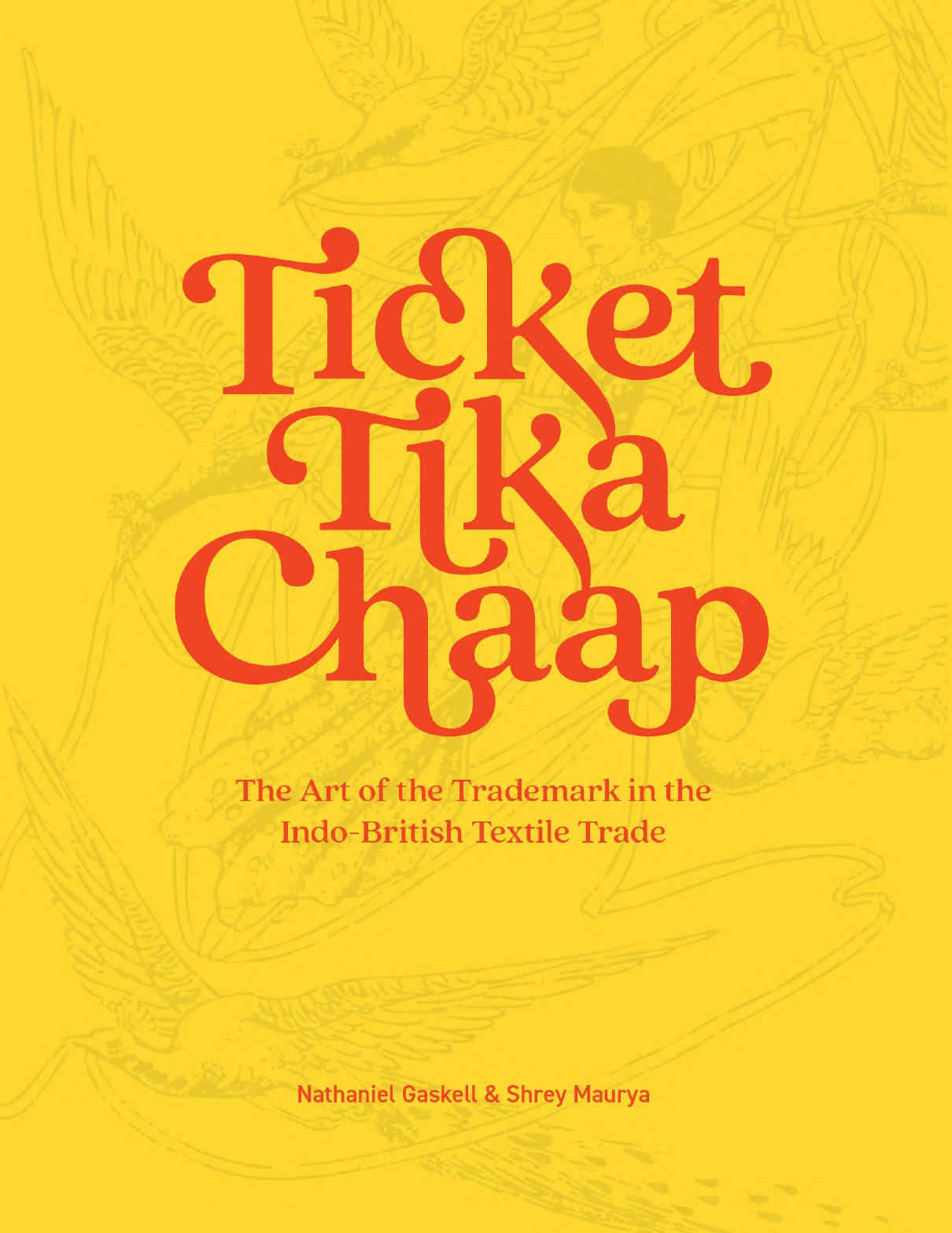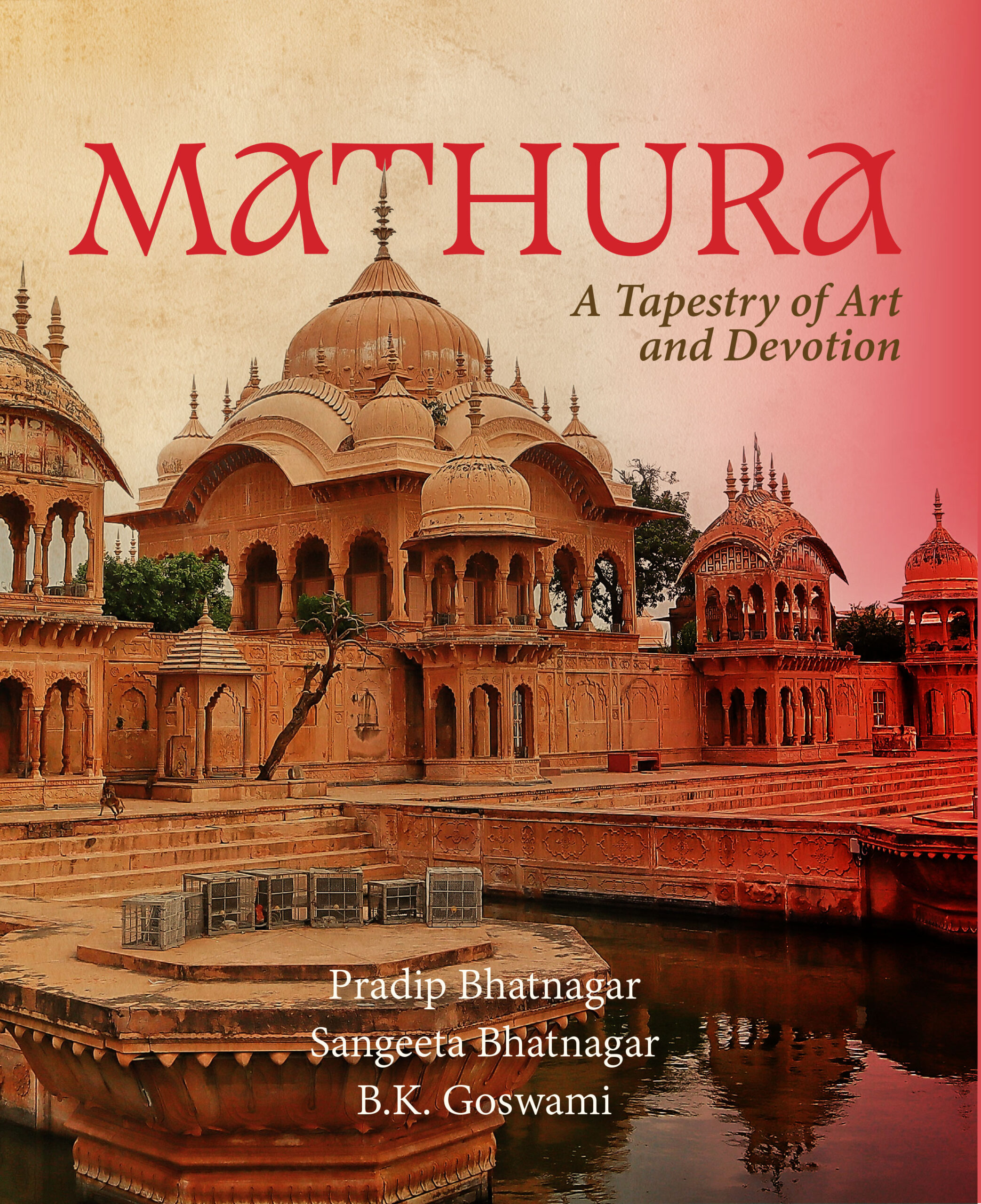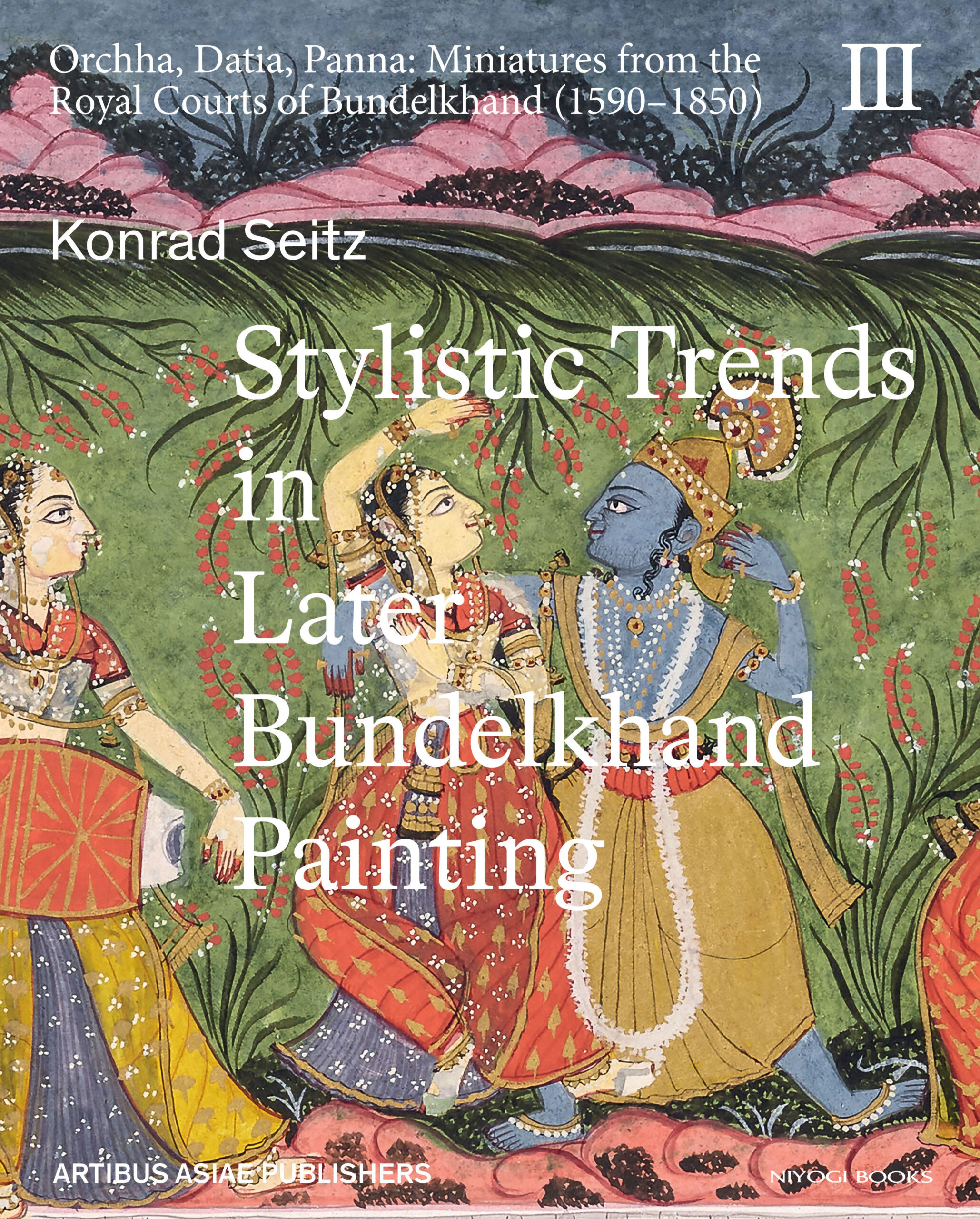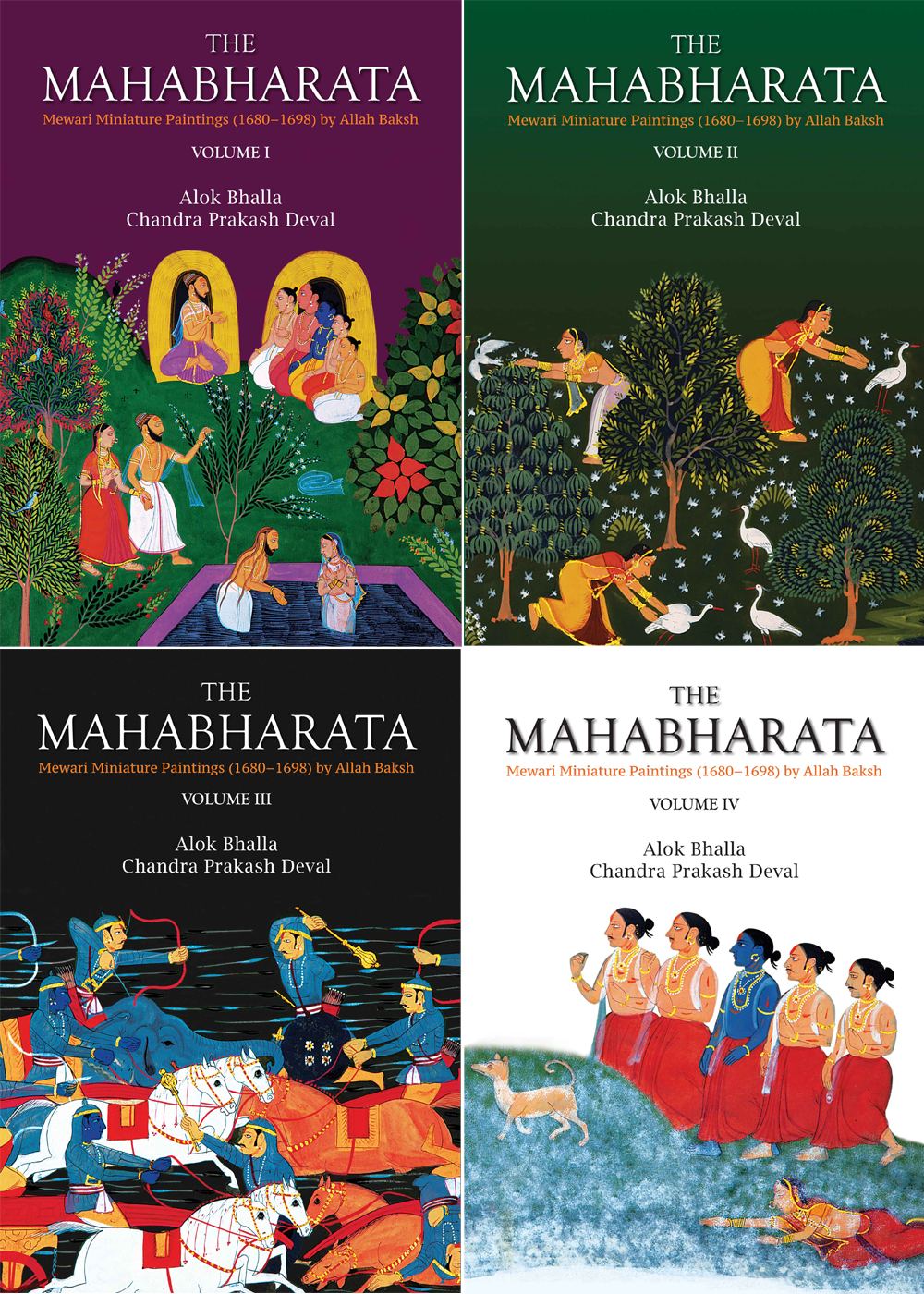Sign up and get notified with new article for free!

Book
Akriti to Sanskriti
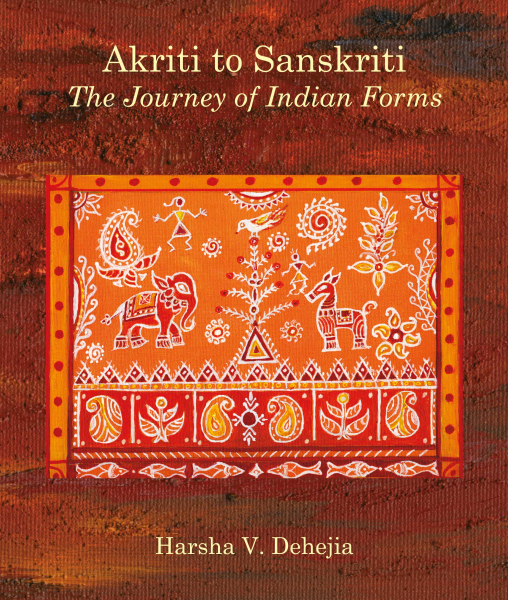
Akriti to Sanskriti : The Journey of Indian Forms
India is a civilization of many images, a culture of many visual feasts, a tradition where the visible and the palpable are as important as the oral and the occurrent, where our highest truths are embodied not only in our erudite texts but in our kathas (stories) and gathas (songs), akritis (visual forms) and rachanas (compositions), rich with a variety of forms, shapes, designs and motifs. Akriti to Sankriti: The Journey of Indian Forms explores some akritis that adorn both majestic and grand monuments, as well as common and ordinary spaces, and which through their purely visual language are pointers to not only our culture, but equally to brahma jnana or transcendental knowledge. These beautiful visual representations of both the ordinary people and artisans, are not individual expressions but that of the shared experiences of the community and the preserve of the family, passed down through endless generations. They are neither mere designs nor decorations, nor meant only for rites and rituals, but in their own unpretentious way become sources of visual knowledge and have a culture of their own. Akriti to Sanskriti, a unique analysis and repository of Indian visual forms, is a collector’s tome.
Reviews of ‘Akriti to Sanskriti’:
The author provides us with a disarmingly understated masterwork of profound reflection and metaphysical distillation. Through images, paintings and artworks on all mediums, the author reflects and inclusiveness, and a visual construction with a definition of Akriti. —THE AGE
The Author has highlighted how India is a civilisation of many images where the highest truths are embodied not only in the sacred texts and rituals but also in the informal katha’s and customs that have been passed on for generations —MID-DAY.COM

